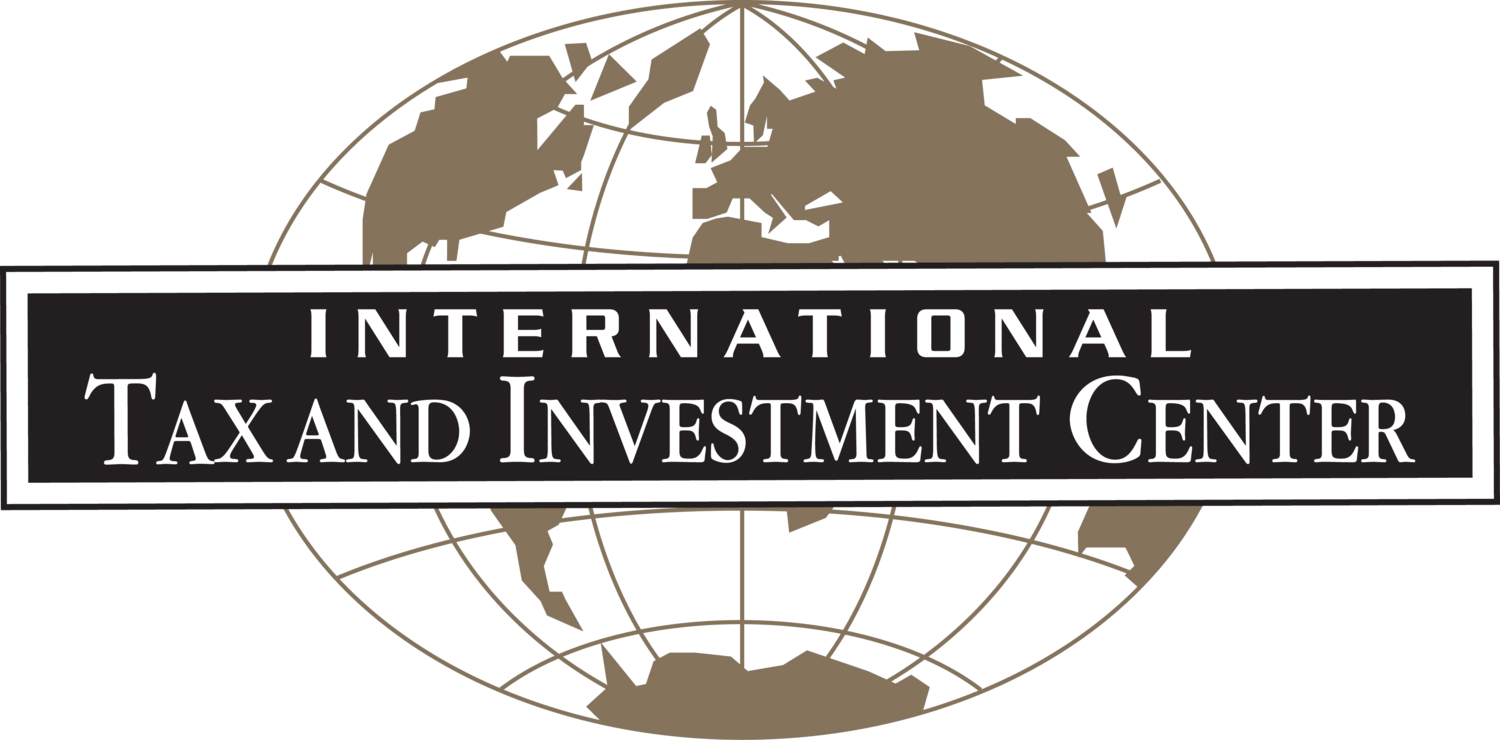Best Practice Principles for Design and Administration of VAT/GST in a Federal-State System
VAT/GST will be a tax on Supply of All Goods and Services above a Threshold, based on Annual Turnover
It will be a Destination-based Consumption Tax
All Indirect Taxes including those currently levied by the Federal Center and the States will be subsumed in one tax — VAT
VAT will facilitate a seamless flow of Input Tax Credit in the Supply-Chain of Goods & Services; Tax paid on Inputs will be available as Credit to the recipient for its utilization in payment of output tax in Supply Chain
For Intra-State Trade, VAT will have two parts: Central VAT (C-VAT) and State VAT (S-VAT)
For Inter-State Trade, it will be an Integrated VAT (I-VAT), which will be a summation of C-VAT and S-VAT; C-VAT will go to the Federal Center, and the S-VAT component will go to the Destination State; Place of Supply Rules will help determine the Destination in the supply chain, and thus help in its operation.
Various Rules will help in implementing the following:
Concepts of Supply, Input Tax Credit and Integrated VAT (I-VAT);
Business Processes: e.g., Registration, Payment, Filing of Returns, Claims of Refund;
Other Activities: e.g., Scrutiny & Audit, Levy & Collection, Demand & Recovery, Enforcement, etc.
Transition Provisions
Single Standard VAT rate for most of the goods and services, with one higher rate for a limited number of Demerit and Luxury Goods and one lower rate for essential goods and services (general consumption by population)
VAT to be administered jointly by the Federal Center and all the States, with the tax collected to be shared equally between the Center and the States
Decisions on Design, Policy and Administration of VAT to be made by a VAT Council comprising Finance Ministers of the States and Chaired by the Federal Finance Minister
Robust IT infrastructure, effectively a “VAT Net,” will provide a common portal for taxpayers and tax authorities to interact in administering the tax collection through various business processes
The new VAT system will be taxpayer friendly, with deterrence for tax-evaders through effective and extensive use of technology
